Mana Pools National Park Zimbabwe
Mashonaland West Province - Zimbabwe
Overland adventures at Mana Pools on the banks of the Zambezi River
2 Day Self-drive Safari and Camping
Remote, rugged and untamed, Mana Pools is not the easiest safari destination and national park to get to in Zimbabwe. Perhaps that is why it is the ultimate location for adventure addicts that love off the beaten track places. Mana translated from a Shona word meaning four, refers to the permanent pools carved into the riverbed, former channels of the mighty Zambezi River. Wild animals rely on this vital water source during the dry winter months.
Zambezi pastel sunrise
Our campsite was unfenced which meant prevalent wildlife could roam at their leisure past our tents. Was I brave enough to risk it, considering this was the first time we would be camping in such a wild area?
We often heard reports about dangerous wildlife encounters and in fact were aware of someone that had been attacked and killed by a lion the previous year at Mana Pools, so I was somewhat apprehensive. I was not the only one. There were quite a few of us with mixed feelings – excited about the prospect but also wary of being so close to the wild animals. I consoled myself with the idea of sleeping in our car if I was that nervous even though it might not have been the most comfortable.
Looking towards Zambia over the Zambezi
As we arrived at the campsite all my anxieties flew out the window. Yes, it was remote and it was wild. Yes, we would be sleeping on the banks of the Zambezi River with the possibility of hippopotamus, crocodiles, elephants and lions that might want to stick their noses inside our tents. But the location! Even though it was during the dry winter months and parts of it was dry and dusty, it felt like an oasis.
Mana Pools, a wilderness haven on the Zambezi River
Our road trip through Zimbabwe in 2010 had reached the halfway mark. Earlier that morning our convoy of overland vehicles had disembarked from the Kariba Ferry and drove through Makuti and Marongora to Nyakisikana Gate to enter Mana Pools National Park.
Iconic baobab at Mana Pools
This was as far north as we could go in Zimbabwe and we were to spend three nights at the park. We could drive at our leisure during the next two days to explore the area. There was a possibility of going on a guided canoe trip on the Zambezi but unfortunately that did not materialize. It would have been fun, apart from the possibility of a hippo chasing us.
At the gate we were each given a bag for our refuse. What we brought in we had to bring back out. We were also not allowed to take in any fruit whatsoever and they would confiscate any that was found in our vehicles. Mana Pools National Park is very strict about these rules.
Fortunately we had been warned about this but there were a few that thought they could take the chance. They handed their fruit over to the authorities. Confiscating the fruit was to prevent animals such as problem elephants from ransacking and raiding your stuff, as they could sniff out fresh fruit a mile away.
Feeding of animals is strictly prohibited and you are advised not to leave out any food in the camp whilst you are on game drives. It is advised to lock your food securely in your vehicle.
Animals associate humans with food and can become problematic. As a result they have to be euthanized or shot which ultimately means you sign their death warrant if you don’t stick to the rules. Furthermore if you are caught, Zimparks would ban you for life.
Checking tyres and making sure the convoy sticks together
Camping at Nyamepi with hyaenas and other wildlife
Tired after a long drive, we set up camp quickly before dark. Our tents were spread out along the banks of the Zambezi River with a lovely view over the water. A large communal fire was lit in the centre for our group to cook our dinner. There is no restaurant at Nyamepi so one needs to self-cater.
Camping on the banks of the Zambezi River at Mana Pools
Because we were still settling in I was disorganized and needed to fetch our cutlery and crockery from our tent so we could sit around the fire to eat our dinner. With only a small headlamp and a scanty beam of light I walked back to our tent, which was almost the last in the line, in the dark.
As I returned with our utensils, out of the corner of my eye I saw that I had a buddy walking with me – a hyaena. I was about 15 meters away from the fire and the rest of the group. Casually but cautiously I walked back and hoped this wild beast was not really interested in me. After all, I did not think it was worthwhile jabbing him with our dinner knives as they would have been no match against his strong jaws. Afterall, I did not want to tease him. He might have gotten grumpy.
Fortunately he was more intent on finding a meal elsewhere – probably thought I would be too tough and tasteless - and disappeared into the dark of night. When I reached the fire some of our group had seen the encounter and asked if I was scared. Strangely enough, afterwards I realized I was more fascinated by it than petrified of it.
Hippopotami
Camping next to the river has its fair share of hazards lurking about, especially the residents in the water. The Zambezi River is known for its tiger fishing and there were some eager anglers trying to catch a few. They were welcome to give it a try but trust me, I would not be happy sitting in amongst the long grass to snag a tiny fish while a huge hippo or crocodile tries to snag me!
Crocodiles basking in the winter sun
Jaw dropping sunrises and scenery
For the next two days and three nights we explored the area. We rose early to watch spectacular sunrises. The landscape is contrasting from the liquid Zambezi with lush green scenery to stark dry and dusty landscapes with skeletons of trees.
A Zambezi sunrise at Mana Pools
The Zambezi valley is adorned with majestic baobabs, mahogany, acacia and wild fig trees. Even the elephants are sometimes dwarfed by a few of them.
Baobab tree
Elephants
We saw another regal iconic giant, Boswell, an old bull elephant who effortlessly stands on his hindlegs to reach for the tallest branches of a White Acacia (Winterthorn tree). At the time we weren’t aware of his trick and unfortunately we were too slow with our cameras to capture the moment, but at least we managed to take a few photos of him stretching to his limit.
On another occasion we saw a pride of about nine lion just after they had fed on a kill. Full tummies, they were relaxing and some were enjoying a catnap.
On more than one occasion we discovered that most of the time the animals were more scared of us and would stroll off or dart away. They would only attack if they felt threatened, so we tried to be alert and not put ourselves in a treacherous situation.
We explored other sections of the park and one or two more rustic campsites. Some of them I would happily stay at, but I would really have to be well organised with my own portable loo. Some of those pit toilets did not look appealing at all.
Rustic campsite
Pit toilet otherwise known as long drop
We enjoyed picnic lunches on the banks of the Zambezi River. Mana Pools is not just a safari destination and home to almost all of the Big 5. Its diverse habitat yanked our heartstrings and with invisible but indelible ink etched its splendour into the recesses of our minds.
One of the places we stopped for a picnic lunch
It wowed us with some of the best sunrises we had ever seen. If you ever decide to visit you should be lucky enough to see sufficient wildlife to keep you happy. If that is not acceptable, the least you can do is relax in bed and listen to the occasional roar of a lion, the cackle of a hyaena or the sound of the hippopotamus munching near you at night. Would that be close enough to wildlife for you?
Hippos
The next part of our overland journey through Zimbabwe would take us to a quaint B&B on the outskirts of Harare where we would overnight, then drive onwards to Nyanga, the Eastern Highlands. This was another favourite place for Cecil John Rhodes.
African Fish Eagle in a nest
Grease monkeys testing their skills in the African dust
It is necessary to drive a 4x4 at Mana Pools. Being in a remote area you need to be well equipped. There are no fuel stations inside the park. In fact there is limited infrastructure. You may have noticed in one of my previous blogs I wrote about an essential packing list for your vehicle when on an adventurous road trip. Here’s why:
The rugged terrain at Mana Pools can take its toll on your vehicle as you drive on dirt roads, through riverbeds, and sometimes muddy swamps. Sometimes just normal wear and tear on a vehicle can disrupt your travels in the most inopportune moment at an inappropriate place.
A makeshift bridge on a dry riverbed
One of the vehicles in our convoy decided Mana Pools was the right location to do so. In the middle of nowhere. With no one in site.
Oom Gerrie (Uncle Gerrie), the oldest (over 80) and most intrepid member of our convoy went for a game drive on his own. After stopping to admire an animal he turned off the engine of his vehicle to enjoy the moment. Basking in its glory but time to move on, he turned the key to start the engine and nothing happened. Although one is allowed to walk unguided inside Mana Pools National Park, one needs a permit and of course it is not advisable to walk alone.
The starter motor had given in. Stuck, with no-one knowing his whereabouts it could have ended in a disaster, but fortunately we had radios to communicate with each other. Unfortunately he was outside the range of these radios. Luckily our tour leader managed to hear a faint radio call for help. He found Oom Gerrie and managed to tow his vehicle back to camp.
How was Oom Gerrie going to drive his vehicle? Coincidentally, we had a number of knowledgeable men in our group, Paul being one of them. Heads together, grease up to their armpits with spectators cheering them on, they set to work – in the dark. There are no electric lights in the campsite, so with headlamps and torches in the pitch-black African bush they set up their workshop on the dusty landscape of the campsite. They dismantled, fiddled, cleaned and tweaked the starter motor. Tensions were high as anxious bystanders mopped brows and boosted their morale.
Bush Mechanics
Finally the moment of reality arrived. Dismantled, they managed to get a spark but would it be enough to start the vehicle? The proof was in the pudding, as they say, once the starter motor was back in place. The entire campsite cheered and clapped when the engine came to life. Success that would hopefully last all the way to Harare the next day.
Three cheers to the bush mechanics!
After being the main mechanic, Paul needed a shower but before he could have one the fire of the donkey (wood burning water heater) needed to be stoked. Mariana, our tour leader’s wife kindly got the fire going and on the way to his shower Paul had to wait outside the bathroom for a while. Without his glasses on in the dark his sight is somewhat limited. He overheard one of the other campers saying, ‘Look at how close that man is standing to the buffalo!’ He peered around to see which man it was, only to realise they were referring to him! Fortunately the buffalo, one of the most aggressive and unpredictable animals in Africa, was happily munching on some grass so was disinterested in Paul.
So did Oom Gerrie get to Harare the following day?
It would have been a major issue to tow the vehicle to Harare, which is approximately 350 km away, but luck was on his side. The engine started the next morning and he kept the engine running continuously, even for fuel stops. At Harare he a mechanic managed to replace the starter motor so that Oom Gerrie could continue his journey with us.
Three hundred and fifty kilometres might not sound that far, but it would have been hours on a long stretch of dusty gravel road, thereafter uphill on a busy steep road with many heavy vehicles overtaking indiscriminately.
After our overnight stop at Harare we were to head to Nyanga National Park situated in the Eastern Highlands of Zimbabwe. What would we find there? That’s for another blog.
On the way to Mana Pools there is a steep descent
About Mana Pools National Park
Home to most of the Big 5 and other safari animals, as well as a UNESCO World Heritage Site, Mana Pools National Park is truly remote. At the time that we went it was one of the least developed safari parks in Zimbabwe.
Against the rugged backdrop of the Zambezi escarpment between islands, sandbanks and floodplains, flows the mighty Zambezi River. Mana Pools consists of four main pools and several smaller pools. Surrounding the flood plains lie forests of mahogany, acacia, baobabs and wild fig.
The park consists of 6 766 square kilometres and is mainly unfenced.
Best time to visit Mana Pools
The weather at Mana Pools is pleasant in the dry season which is between April and October. This is the best time for wildlife viewing. Although it is also a dusty time, it is not as humid as in the wet season which runs between November and March.
During the rainy months the terrain is muddy and marshy and it is easy to get bogged down. Many of the establishments do not open at that time of year.
Mana Pools accommodation & camping
Accommodation at Mana Pools consists of standard and exclusive campsites as well as standard and special or tented lodges. It is best to enquire at Zimparks and booking is essential as no person will be allowed into the park without a booking as well as an entry permit. The permit needs to be obtained at Marongora, at the Department of Parks and Wildlife office, about 5 kilometres south of the entrance gate.
Nyamepi Camp is the main unfenced public camp with 30 campsites and ablution facilities including hot showers and flush toilets.
Nyamepi Camp
The exclusive camps are remote, wild, rustic and unfenced with no real facilities except for long-drop or pit toilets. If you want to camp at these campsites you need to be completely self-sufficient. There is also no electricity.
Pit toilet
The park lodges are basic with some essential equipment, but it is best to enquire for full details.
For private lodges and safari camps enquire at Expert Africa.
Things to do at Mana Pools
The main attraction at Mana Pools is undoubtedly wildlife viewing and is home to the Big 5. These can be done through self-drive or guided safaris, a river boat, a canoe or on foot. Some of the wildlife are large herds of elephant and buffalo. Mana Pools is also home to Africa’s big cats, lion, leopard and cheetah. African wild dog and reintroduced white rhino also reside in the park. Other species are impala, eland, kudu, Burchell’s zebra and waterbuck. The highest concentration of hippo and Nile crocodiles live within the national park as well.
Self-drive safaris: A four-wheel-drive vehicle is essential and some off-road experience is highly recommended.
Guided canoe trips are also popular at Mana Pools and need to be booked in advance
Canoe on the Zambezi River
Fishing: Tilapia, bream and barbel are commonly caught from the Zambezi. The most popular species however is Southern Africa’s top freshwater game fish, the tiger fish. Mana Pools and the Zambezi River is known as one of the best places in the world for this sport. A permit is required to fish.
Guided Walks and unguided walking safaris are permitted. A permit is required for unguided walks and it is advisable to have expert knowledge about wildlife and the bush.
Birdwatching is popular because of a large number of recorded species that are easily visible in their habitats. There are over 450 recorded resident and migrant bird species in Mana Pools.
Marabou storks
Tips to visit Mana Pools
Dry winter months of June to September are the best times to visit. Not only are vast herds of migratory animals visible, but access into the park is easier.
From January to March in the rainy season many road may be impassable. Visiting the park is not recommended and much of the accommodation is closed during the wet season.
There is a daily conservation fee to enter the park. Book accommodation well in advance as lodges and campsites fill quickly.
It is advisable to take malaria prophylactics as malaria is prevalent throughout the year. Consult your medical practitioner for advice. Take the necessary precautions and use mosquito repellent. Wear long-sleeved clothing in the evenings if possible to avoid getting bitten.
There are no fuel stations inside the park. Take into consideration distances (and time) you will travel and bring all the fuel with you that you require for your trip.
Stick to the codes of conduct for Mana Pools. Keep a safe distance from wildlife and do not attempt to approach or feed them.
Reception at Mana Pools
Mokoro at reception
Upon entering the park it is advisable to deflate the tyres of your vehicle. Although you are not allowed to drive off-road, the tracks that you are allowed to drive on can be somewhat challenging at times, especially in dry riverbeds or muddy areas. Deflating your tyres will also assist in making less of an impact on the ecologically sensitive floodplains.
A torch with a decent light is essential when walking around the camp at night. Wear closed shoes and watch where you walk. Be alert as well for the smaller creatures such as snakes, scorpions or spiders.
Zambezi Sunset
There are no shops inside the park. Fresh or dried fruit is banned within the park. Vegetables and tinned fruits are acceptable but it is best to keep them stored in a secure container inside your vehicle.
Be aware that all trash will need to be taken out with you and handed in at the gate. If you leave your refuse behind you will be fined.
Where is Mana Pools
Situated on the Zambian border in the far north of Zimbabwe, Mana Pools is located in Mashonaland West Province. Although distances do not sound far, the time it takes to travel them can be misleading.
Closest towns:
Chirundu 139 km away
Harare 391 km away
Early morning coffee and Zambezi sunrises
Exiting Mana Pools, inflating tyres and fixing punctures
Find me on Social Media:
On Pinterest? Save for later!
Not keen to camp in the wild but would love to visit Mana Pools?
Check out Hideaways Mana Pools Safari Lodge for luxury accommodation
Step by step instructions on how to leave a comment on my blog:
Type in your comment in the comment box.
Click ‘Post Comment’
Briefly a message should appear saying you are not logged in, then a box with ‘Post a Comment’ will appear for you to complete with your name, email address and website URL (if you have one).
Fill in your first name and email address in the appropriate section. (Your email will not be made public and will not be used for any other purpose than for you to get a notification of a reply to your comment.)
Click ‘Comment as Guest’ and you’re good to go!
To subscribe to my blogs, please fill out the SUBSCRIBE form.
Thank you.
I know it is quite a process, but it helps keep our websites secure. Your email address will not be shared or displayed.






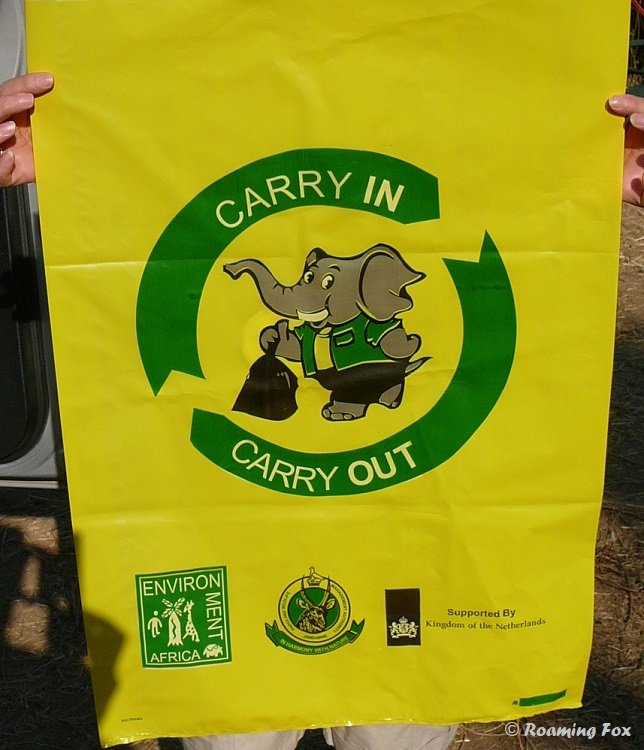






















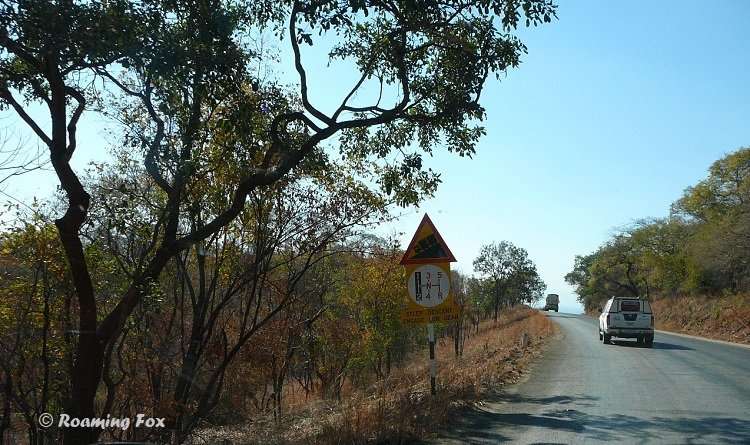







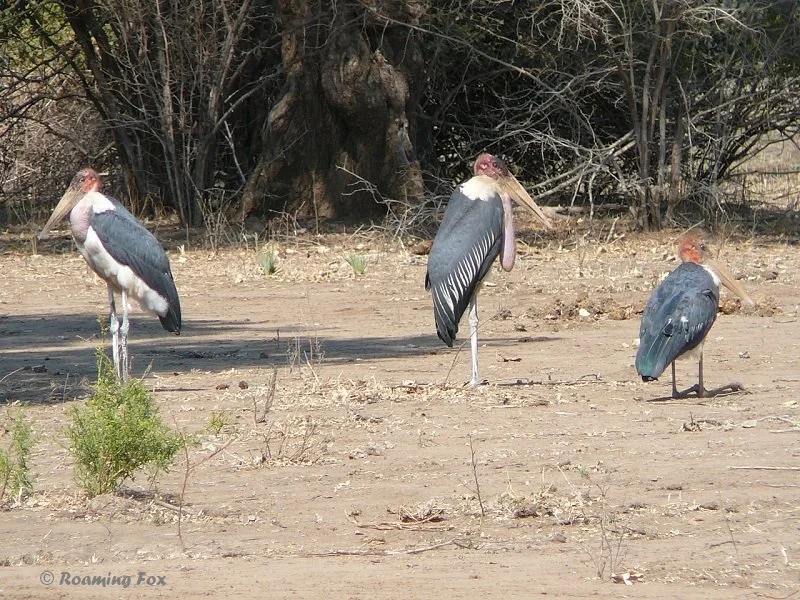










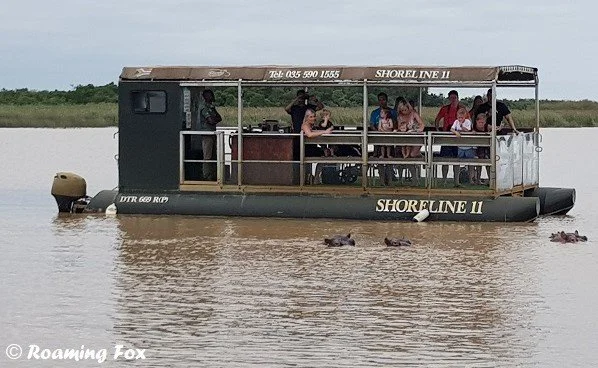

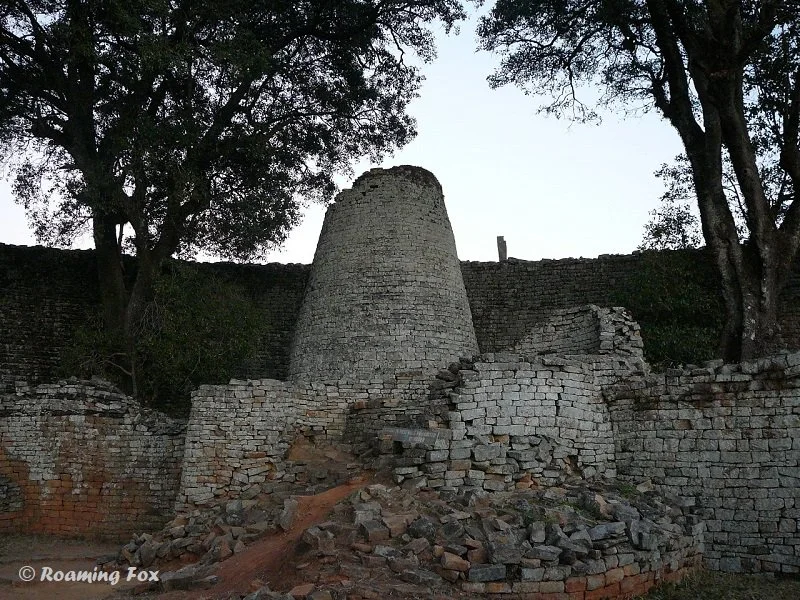
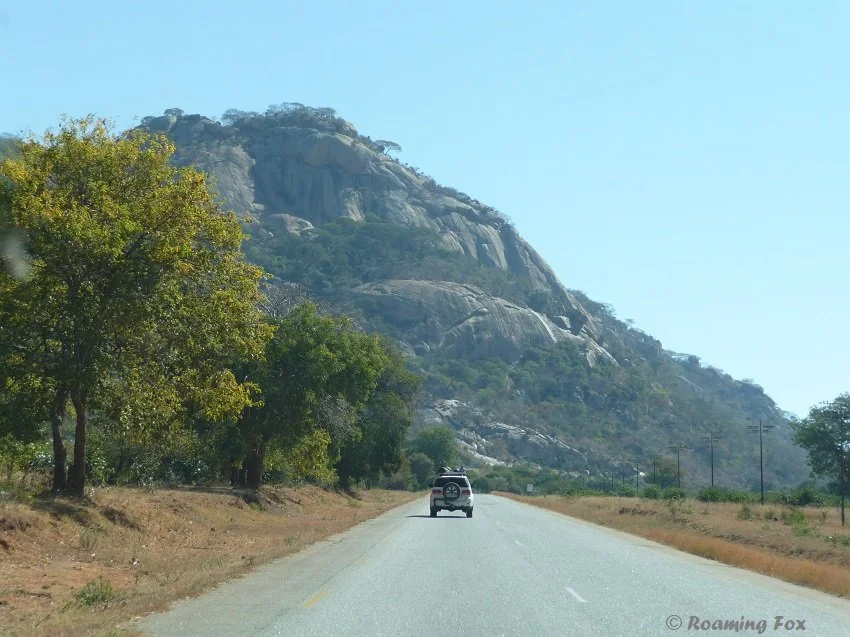
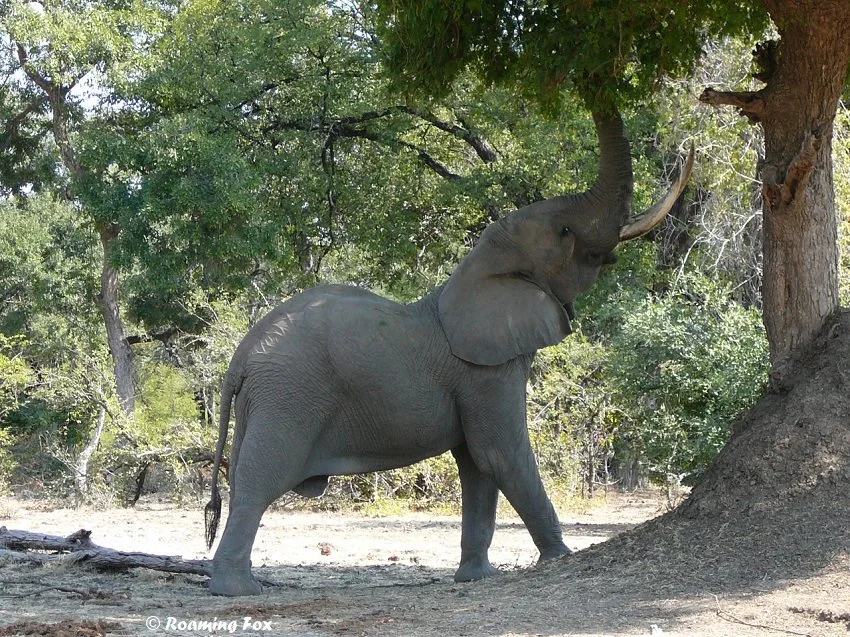
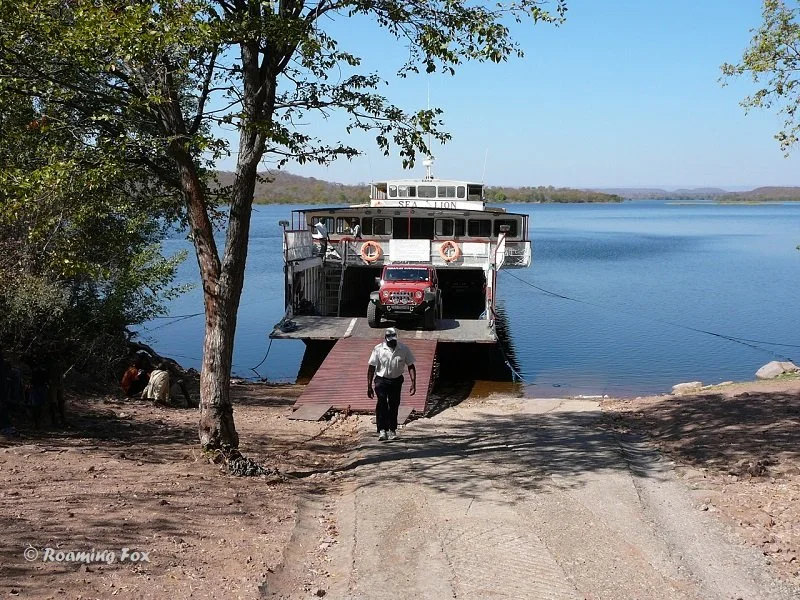

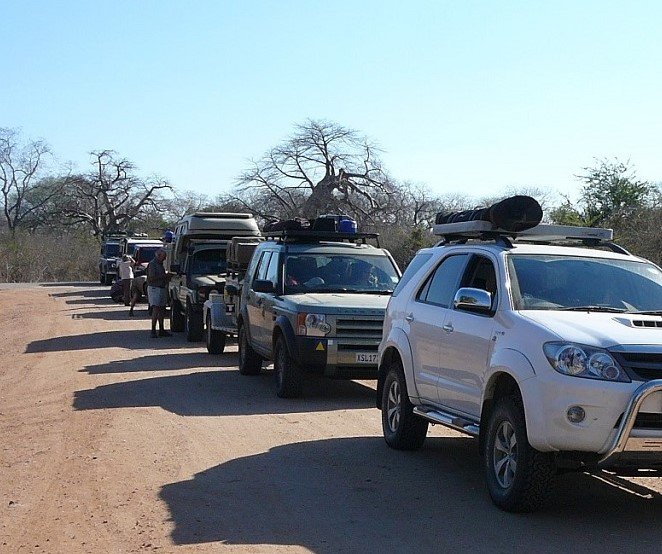
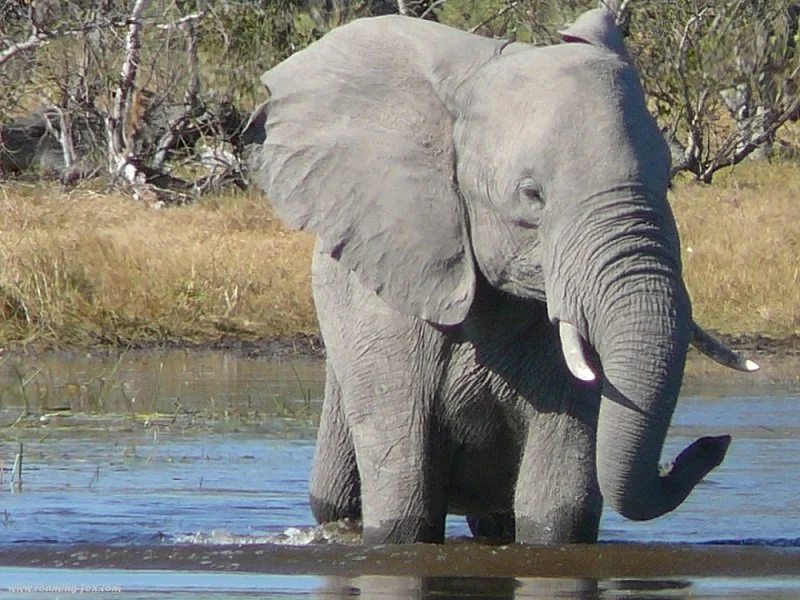











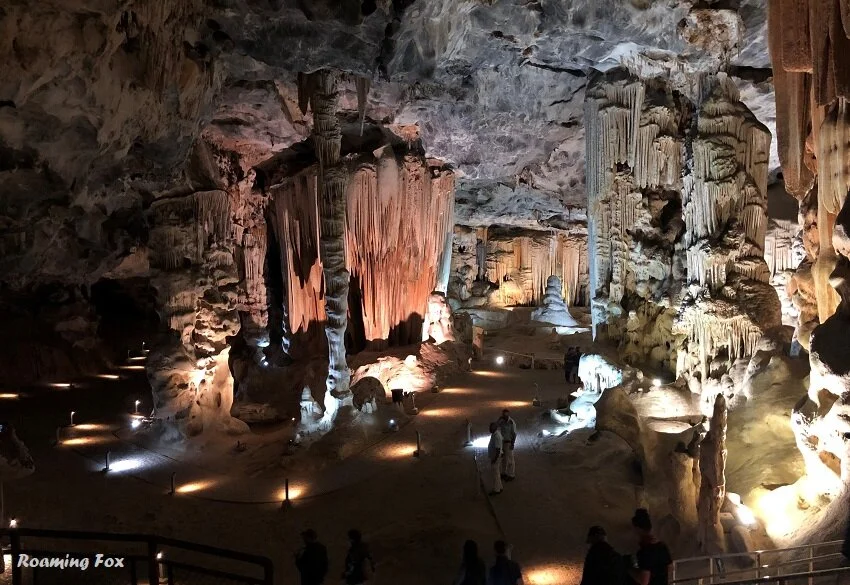

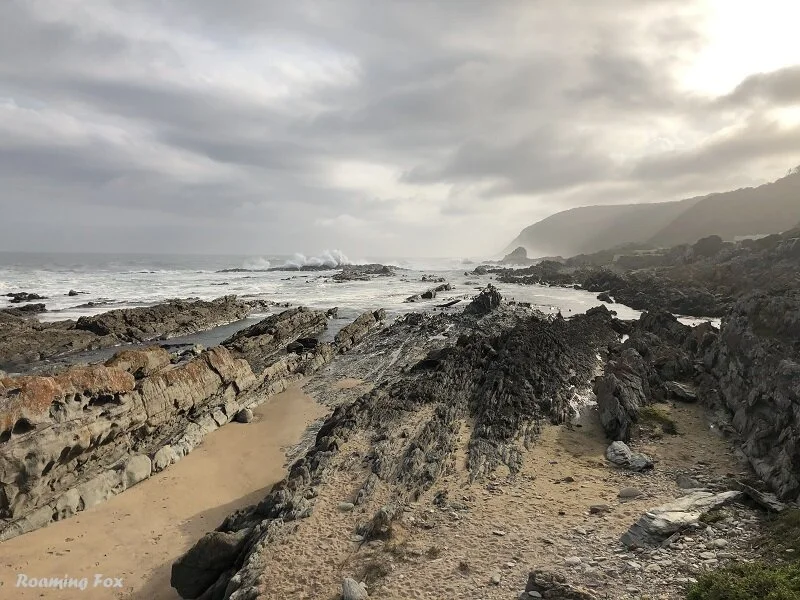
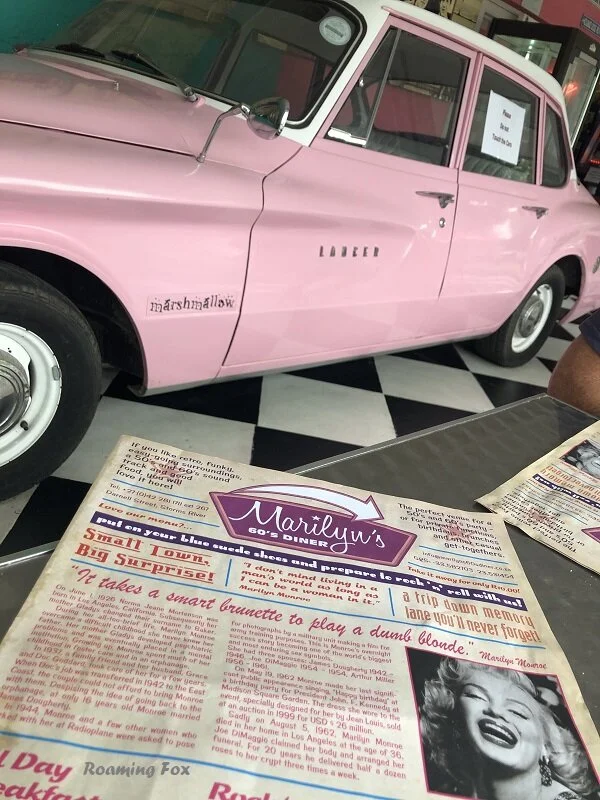
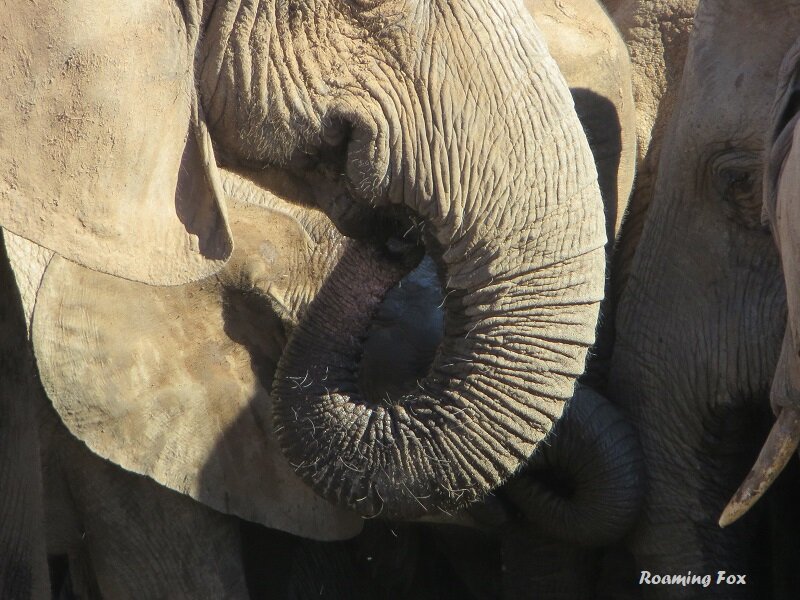
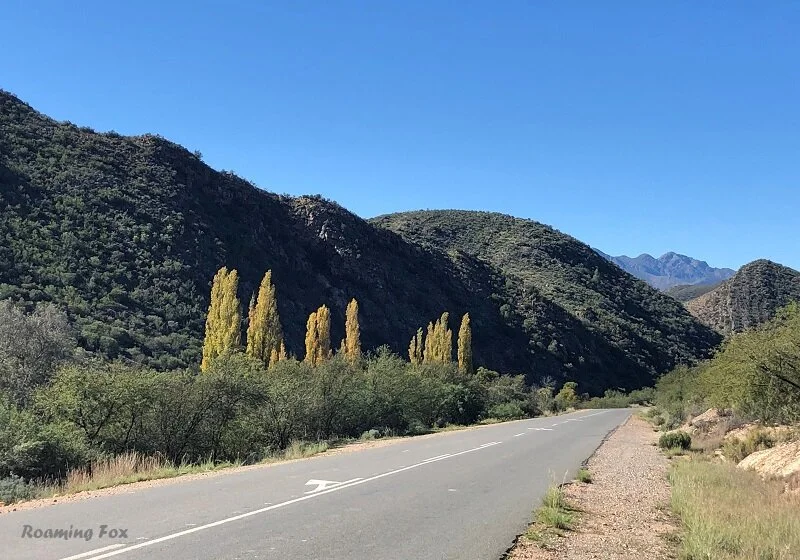


The Best Way to see a country? Take a road trip! Have you ever had that feeling when you hit the open road on your road trip? Freedom. Anticipation. Exhilaration.